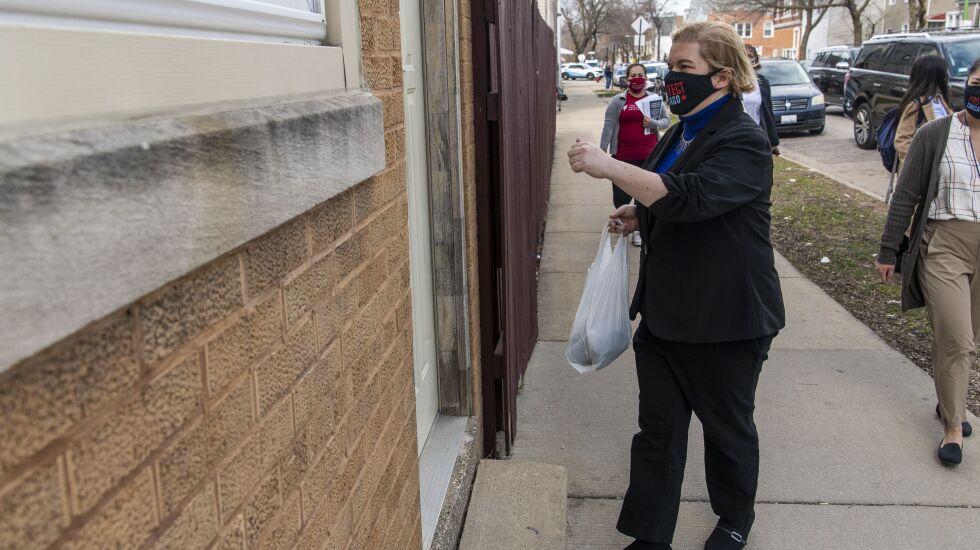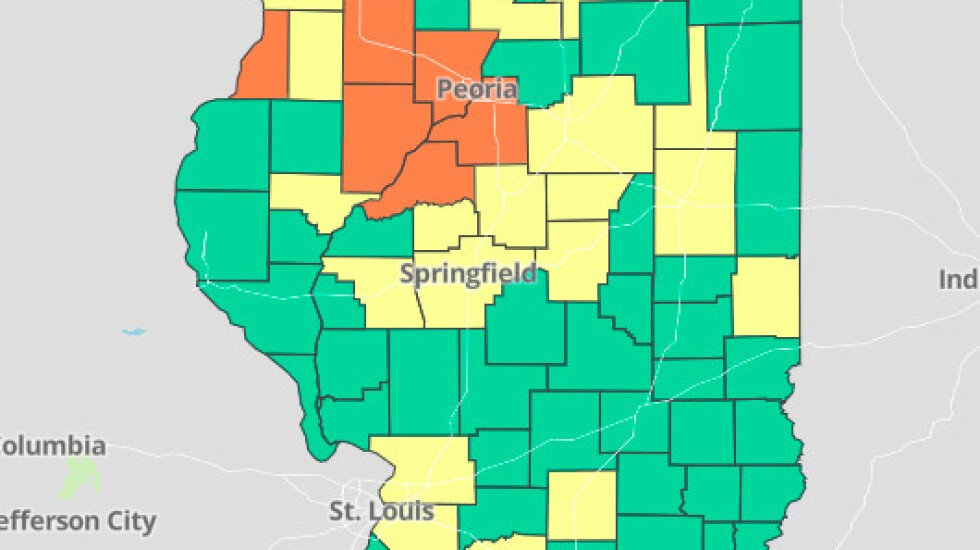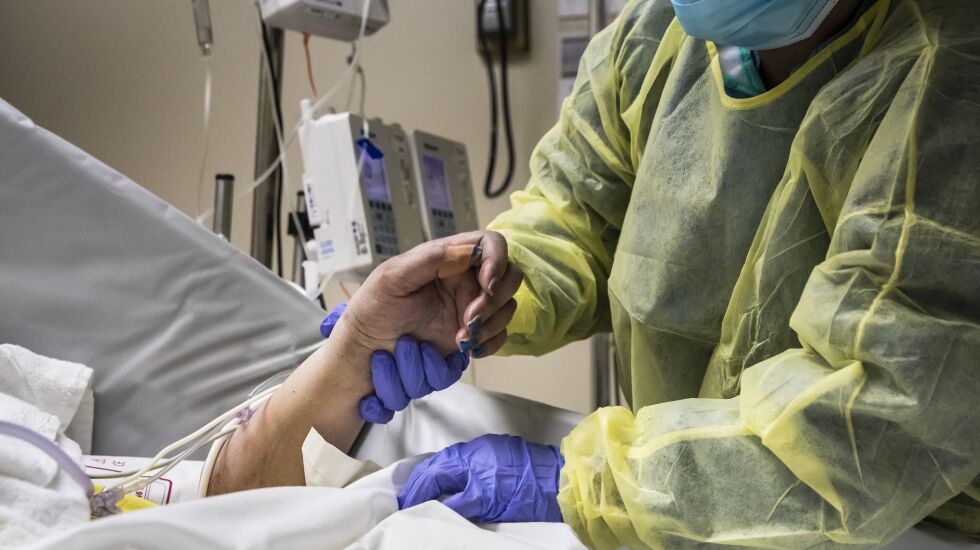At least 255 Chicago COVID-19 deaths could have been prevented last year if vaccinations had been more uniform across the city, researchers say.
A study published Friday by researchers at the University of Chicago Medicine highlights the tragic result of lower vaccine uptake in 52 city ZIP codes during the Alpha and Delta variant resurgences, which swept Chicago from March to June and then August through November 2021, respectively.
The waves resulted in 68 deaths in the city’s most vaccinated ZIP codes, compared to 342 in the least vaccinated areas, according to data kept by the Chicago Department of Public Health.
Nearly half of residents in those higher vaccinated areas had gotten their first shot by the time the Alpha wave started, compared to just 27% in the lower vaccinated neighborhoods.
Using statistical modeling, the U. of C. researchers found the death toll for that period would have been slashed by 75% in the least vaccinated ZIP codes if they “had followed a similar trend” as the most vaccinated ones — suggesting 255 lives in those mostly South and West side neighborhoods could have been saved.
“These areas that got high vaccine coverage made the pandemic cease to be,” Dr. William Parker, the senior author of the study, said in a statement.
The data illustrates how the pandemic has hit communities of color disproportionately hard, with about 80% of residents in the least vaccinated ZIP codes identifying as Black. About 70% of residents in the most vaccinated ZIP codes are white.
Since the vaccine rollout began, Mayor Lori Lightfoot and Chicago Public Health Commissioner Dr. Allison Arwady have highlighted equity as the cornerstone of their vaccination campaign.

But the disparities persist in Chicago as they do in most other parts of the U.S. About 55% of the city’s Black residents have completed at least their initial vaccine series, compared to about 67% of Latinx residents, 70% of white residents and 76% of Asian residents.
“Our study doesn’t tell us why there were disparities in vaccine coverage; it only shows the consequences,” Parker said, emphasizing the data confirms vaccines save lives.
The Chicago Public Health Department responded with a written statement touting the “laser focus on equity” in its vaccination program but acknowledging too many residents remain at risk.
“We are very proud of our innovative, community-driven work vaccinating Chicagoans, which has been recognized nationally for prioritizing highest-need communities and has had a laser focus on equity from the beginning,” officials wrote.
“At the same time, we remain concerned that too many Chicagoans, especially Black Chicagoans, remain unvaccinated — knowing that as this study clearly shows, vaccine saves lives.”
The study was released as rising COVID cases and hospitalizations have put Chicago, Cook County and the collar counties all in the “high” community transmission category as calculated by the U.S. Centers for Disease Control and Prevention.
A total of 15 counties have passed the “high” threshold, meaning residents are urged — but not mandated — to mask up in public spaces indoors and to get up to date with COVID vaccines and boosters. Thirty more are at “medium” transmission, meaning masks are advised for the older and immunocompromised.

With almost 5,300 Illinoisans testing positive each day over the past week, cases are still near a three-month high statewide, but that rate has fallen about 16% since May 19, according to the Illinois Department of Public Health.
Hospitalizations, which typically lag a week or two behind case spikes, were still hovering near a three-month high, with 1,136 beds occupied by COVID patients statewide Thursday night.The worst nights of the Omicron crisis in January saw more than 7,000 beds full.
Deaths, which trail a few weeks beyond case spikes, have remained near a pandemic low with about six residents lost to the virus each day over the last week.

Statewide, about 73% of residents 5 or older have completed at least their first set of shots. About 52% of those have gotten boosted as advised by health officials nationwide.
“With 45 counties in Illinois now rated at a medium or high community level, we should all be sure that we are up-to-date with vaccinations and booster shots,” acting Illinois Public Health Director Dr. Amaal Tokars said in a statement.
The virus has killed a total of 33,806 Illinoisans, including 7,702 Chicagoans, since March 2020.







